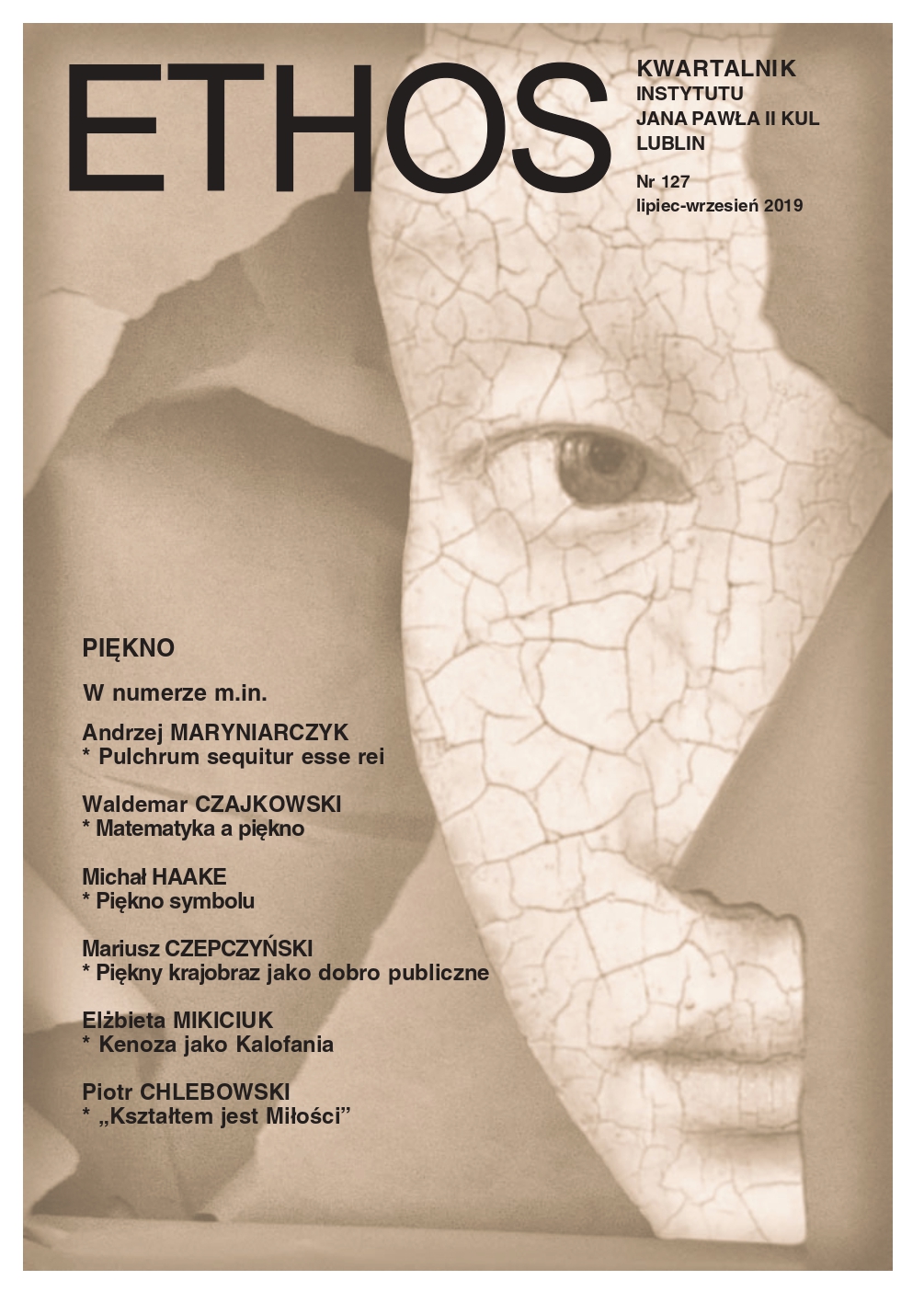PIĘKNO SYMBOLU. O „Zwiastowaniu” z Ołtarza św. Kolumby Rogiera van der Weydena
THE BEAUTY OF SYMBOL: On Rogier van der Weyden’s ‘Columba Annunciation’
Author(s): Michał HaakeSubject(s): Visual Arts, Hermeneutics, History of Art
Published by: Katolicki Uniwersytet Lubelski Jana Pawła II - Instytut Jana Pawła II, Wydział Filozofii
Keywords: Rogier van der Weyden; St. Columba Altarpiece; Hans-Georg Gadamer; hermeneutics of painting; symbolism; visual structure of painting; painting’s border;
Summary/Abstract: The subject matter of the study is the symbolism of the Annunciation, a painting by Rogier van der Weyden which is the left wing of Saint Columba Altarpiece, a work representing the highest achievement of the Early Netherlandish painting and currently housed at the Alte Pinakothek in Munich. The existing research on this piece of art has focused on its realism and symbolism. The symbols identified in the particular religious scenes have been traditionally regarded by art historians as signs of reference to the meanings inherent in the Bible and in various medieval texts. Within such a framework, the painting is considered as merely addressing an external semantics and is denied the capability of generating meanings based on the visual forms of expression it displays. The paper aims at changing this paradigm and is based on the philosophy of art worked out by Hans-Georg Gadamer, who defined the beauty of art as synonymous with its symbolism, having considered the latter as the inseparable bond between the visible image and the invisible meaning, i.e., the inner unity of the idea and the phenomenon. A major part of the considerations is focused on the structure of the painting in question, since it is the painting’s structure that defines the way in which its particular elements have been composed in the picture plane. As opposed to the researchers representing the iconographic tradition, the author points out that the symbolism of the painting results not only from the meaning of the particular objects it presents. Indeed, the entire painting, in its profundity, is a symbol. The painting is not merely a representation of the event described in the Bible and set in the 15th century context. As a result of the analysis, the entire visual pictorial structure is recognized as the carrier of the meaning which informs the viewer about the role of the Annunciation in the history of salvation of mankind, as well as about the fact that the meaning of the painting is to appeal to its every viewer and, hence, potentially, to each and every human being.
Journal: Ethos. Kwartalnik Instytutu Jana Pawła II KUL
- Issue Year: 32/2019
- Issue No: 3
- Page Range: 124-153
- Page Count: 36
- Language: Polish
- Content File-PDF

